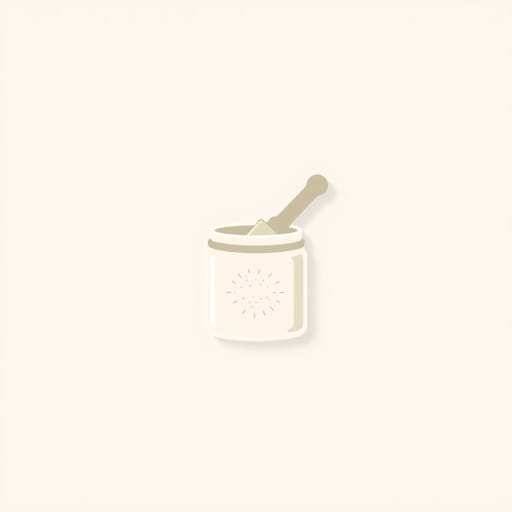Repairing plaster walls is a task that requires the right tools and materials, especially when it comes to selecting the best spackle for the job. While traditional drywall compounds may work for gypsum board, plaster walls need a more specialized approach. The unique texture, hardness, and age of plaster walls often found in older homes demand a high-quality spackle that offers excellent adhesion, durability, and a smooth finish. Whether you’re filling hairline cracks or patching larger holes, choosing the right spackling product can make the difference between a seamless repair and a noticeable flaw.
Understanding the Nature of Plaster Walls
Plaster walls differ significantly from drywall in both composition and behavior. Made from a mixture of lime, sand, and water or gypsum-based materials, plaster hardens into a dense surface. These walls are more prone to cracking over time due to settling and moisture fluctuations, especially in older homes. Thus, the best spackle for plaster walls must not only blend well with the existing surface but also maintain flexibility and strength as the wall continues to age.
Key Characteristics to Look For in Spackle for Plaster
- Strong adhesionto prevent peeling or flaking.
- Crack resistanceto handle the subtle shifts in older walls.
- Minimal shrinkageafter drying for a flush finish.
- Ease of sandingto allow for a smooth, paint-ready surface.
- Fast drying timefor efficient repair work.
Top Types of Spackle Suitable for Plaster Walls
1. Vinyl Spackle
Vinyl spackling compounds are an excellent option for plaster walls due to their flexibility and durability. These compounds are made with vinyl-based resins that prevent cracking, making them ideal for both small and medium repairs. They can also be applied in layers, which is especially useful for deeper holes often found in plaster walls.
2. Acrylic Latex Spackle
Acrylic latex-based spackles are also suitable for plaster wall repairs. These products adhere well to the rough surface of plaster and dry to a paintable finish. Acrylic spackles are typically water-based, making them easy to clean and environmentally friendly. Their slight elasticity helps accommodate minor movements in the wall.
3. Setting-Type Joint Compounds
For large repairs and deep cracks in plaster walls, setting-type joint compounds may be the most reliable option. These powdered products require mixing and set through a chemical reaction rather than air drying. Because of this, they are less prone to shrinkage and cracking, making them great for structural repairs. However, they require more skill and preparation than pre-mixed spackles.
4. Lightweight Spackle
Lightweight spackle is best used for superficial imperfections like hairline cracks and nail holes. While it’s not as strong as vinyl or setting-type products, it’s quick to apply and easy to sand. This makes it a good choice for finishing touches after larger repairs have been made with more durable compounds.
Popular Spackle Products for Plaster Wall Repairs
Several commercially available spackling products have received positive feedback from homeowners and professionals alike for their performance on plaster walls:
- DAP DryDex Spackling: This product features a color change technology that indicates when it’s dry. It’s ideal for small to medium holes and works well on plaster surfaces.
- 3M Patch Plus Primer: Designed for strength and speed, this spackle contains primer and dries quickly, making it suitable for last-minute repairs.
- Sheetrock All Purpose Joint Compound: Though originally designed for drywall, many professionals use it for plaster repairs due to its smooth texture and long working time.
- Red Devil OneTime Lightweight Spackling: A go-to choice for lightweight repairs, it’s easy to apply and sand, perfect for quick fixes.
How to Use Spackle on Plaster Walls
Step-by-Step Guide
- Prepare the Surface: Clean the area to be patched. Remove loose plaster and dust with a brush or vacuum.
- Apply the Spackle: Using a putty knife, apply the spackle in thin layers. Press firmly into cracks or holes.
- Let It Dry: Allow the spackle to dry completely. Follow manufacturer recommendations for drying time.
- Sand Smooth: Use fine-grit sandpaper to smooth the patched area until it’s flush with the surrounding wall.
- Prime and Paint: Once sanded, apply primer before repainting the area to ensure color consistency.
Tips for Achieving the Best Results
- Use the right tool: A flexible putty knife will help you apply even pressure and create a smoother surface.
- Don’t overfill: Apply spackle slightly below the surface and add more if needed after the first coat dries.
- Mind the weather: Humidity and cold temperatures can affect drying times, so work in a well-ventilated, dry space.
- Prime before painting: Especially on older plaster walls, primer helps seal the surface and improves paint adherence.
Common Mistakes to Avoid
When using spackle on plaster walls, avoiding common pitfalls can save you from redoing the job:
- Skipping surface prep: Dirt, oils, or loose debris can prevent spackle from sticking properly.
- Over-sanding: Excessive sanding can create dips and damage surrounding plaster.
- Applying thick layers at once: Thick applications can crack as they dry. Use multiple thin coats instead.
- Painting too soon: Even if the surface feels dry, deeper layers might still be curing. Rushing can ruin the finish.
When to Call a Professional
While small repairs are manageable for most DIYers, some plaster issues require professional help. If the wall has large areas of damage, structural issues, or signs of moisture intrusion, hiring an expert may be the safest and most effective route. Professionals can match textures, perform lath repairs, and apply long-term solutions that are difficult to achieve with basic patching.
Choosing the best spackle for plaster walls means considering factors like adhesion, durability, and ease of use. Whether you’re working with small cracks or more extensive damage, there’s a spackling compound that fits your needs. From vinyl-based formulas to setting-type joint compounds, each offers unique benefits for restoring the smooth, strong appearance of plaster surfaces. With the right product, tools, and technique, your walls can look as good as new.
